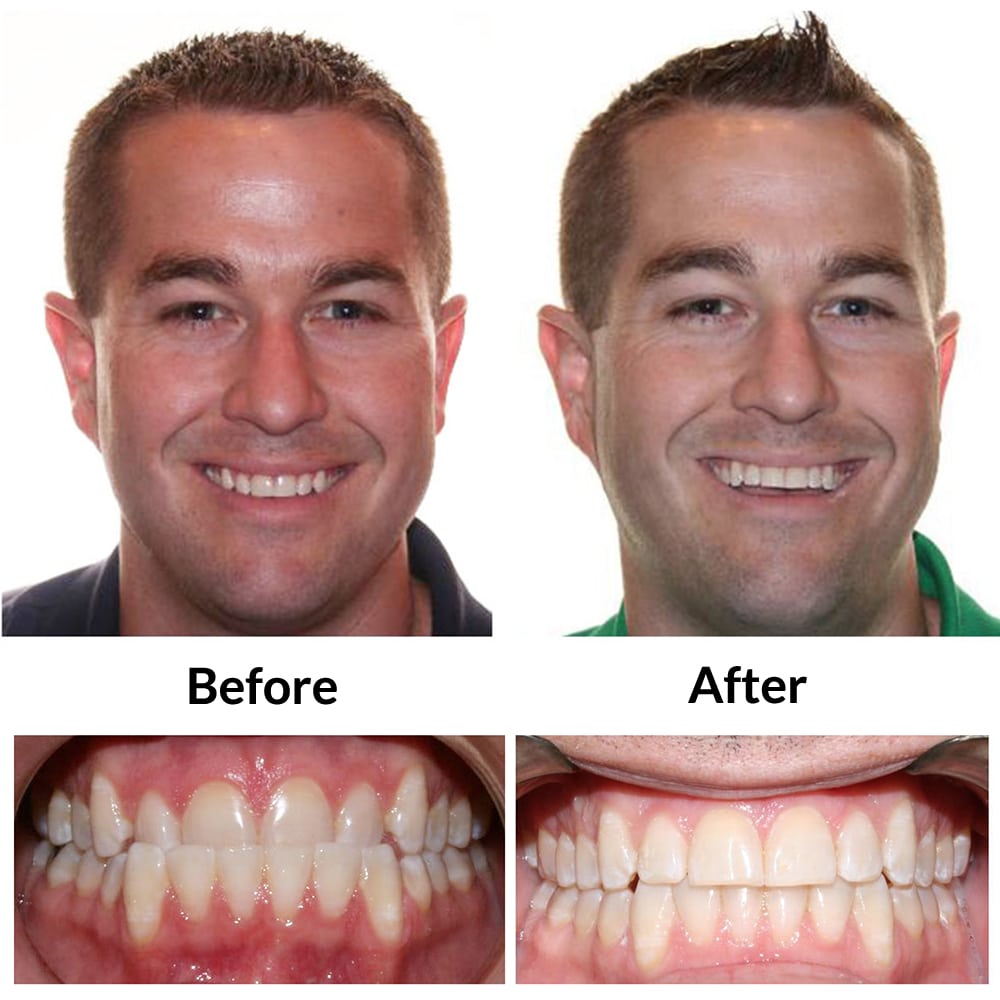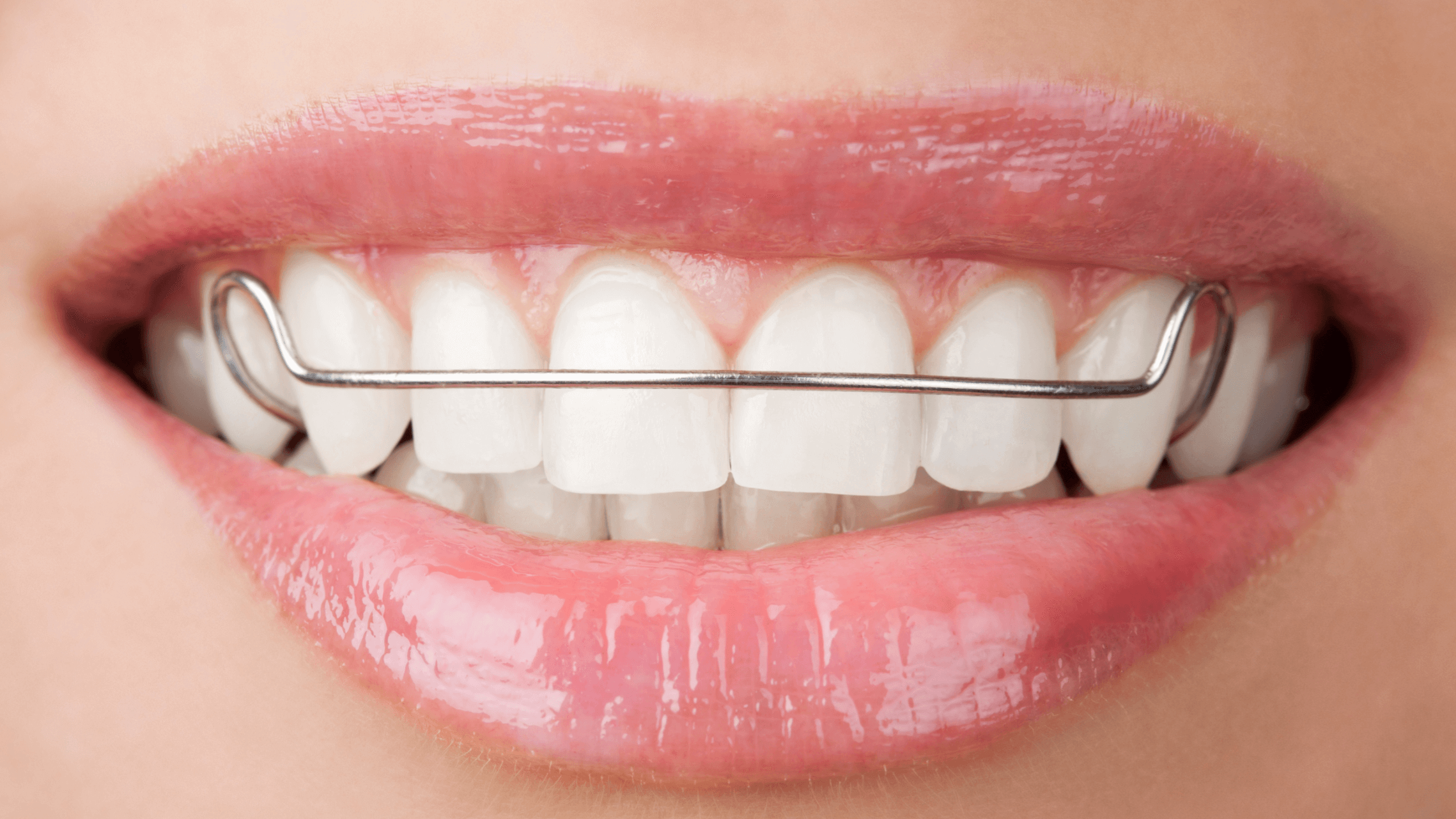The Expense of Invisalign: Understanding the Investment in Your Smile
The Expense of Invisalign: Understanding the Investment in Your Smile
Blog Article
Invisalign vs. Traditional Braces: Which Choice Is Right for You?
When taking into consideration orthodontic therapy, the choice between Invisalign and standard dental braces provides several crucial elements that merit careful analysis. Invisalign uses a very discreet option with detachable aligners, while conventional braces offer a much more visible yet efficient remedy for serious imbalance. Each alternative includes distinctive benefits and disadvantages associated to aesthetic appeals, convenience, therapy duration, and expense. Recognizing these nuances is crucial for making a notified choice that aligns with your individual preferences and way of living. The inquiry continues to be: which option will best meet your orthodontic demands and expectations?
Introduction of Therapy Alternatives

On the other hand, conventional braces contain steel braces and cords that are adhered to the teeth. This method uses constant stress with time to accomplish alignment. While effective for complicated orthodontic problems, traditional dental braces call for normal check outs for adjustments and can pose difficulties in keeping dental health because of the problem of cleansing around cables and brackets.
Both choices have their values, and the choice often rests on specific oral problems, way of life choices, and patient compliance. Ultimately, speaking with an orthodontic specialist is crucial for establishing one of the most ideal therapy plan customized to individual needs. Understanding the subtleties of each alternative can substantially influence the general success of orthodontic therapy.
Aesthetic Considerations
A significant factor influencing the selection between Invisalign and traditional braces is the visual allure each treatment provides. Invisalign aligners are crafted from clear plastic, making them basically undetectable when worn.
In contrast, standard dental braces include metal braces and cords, which can be extra visible. While improvements in orthodontic modern technology have actually caused the advancement of smaller sized brackets and tinted elastics, traditional dental braces still preserve an even more conspicuous profile. For some individuals, the visibility of dental braces might prevent them from seeking necessary treatment.
Inevitably, the choice between Invisalign and standard dental braces might hinge on individual choices regarding visual appeals. Individuals that focus on discernment frequently lean toward Invisalign, while those who are less worried concerning presence may choose for standard dental braces. Comprehending the aesthetic implications of each alternative is essential for making an educated decision that aligns with one's way of life and choices.
Convenience and Convenience
&srotate=0)
In regards to benefit, Invisalign aligners are detachable, enabling people to enjoy their favored foods without limitation and preserve optimal oral hygiene. Brushing and flossing are simplified, as the aligners can be gotten during these routines, whereas conventional braces call for mindful steering around wires and brackets.
In contrast, standard dental braces require routine modifications, making them much less practical for those with hectic schedules. In general, the comfort and benefit of Invisalign make it an appealing choice for many people seeking orthodontic therapy.
Therapy Period and Effectiveness
While both Invisalign and typical braces are reliable in correcting oral imbalances, the duration of therapy can vary dramatically between both options. Normally, Invisalign therapy can take anywhere from 12 to 18 months, relying on the intricacy of the situation. The clear aligners function by slowly moving teeth right into their wanted placements, and routine follow-ups with an orthodontist help guarantee progression remains on track.
In contrast, standard braces often need a longer dedication, normally varying from 18 months to three years. This results from their fixed nature and using brackets and cords, which can be a lot more effective for extreme misalignments and complex situations (Invisalign). The therapy performance of traditional dental braces is well-documented, as they permit accurate adjustments and greater control over tooth motion
Eventually, the choice in between Invisalign and typical dental braces might rest on both the awaited therapy period and the certain dental concerns available. Consulting with an orthodontist is vital, as they can give tailored referrals based on specific requirements, making certain the selected technique lines up with preferred timeframes and results.
Price Contrast and Insurance Choices
Expense plays a significant duty in the decision-making process for individuals thinking about orthodontic therapy, whether selecting Invisalign or typical braces. Generally, the cost of Invisalign arrays from $3,000 check these guys out to $8,000, while standard dental braces generally set you back in between $2,000 and $6,000. Aspects affecting these expenses consist of the complexity of the instance, the duration of therapy, and geographical location.
Many oral insurance coverage strategies supply partial coverage for orthodontic therapies, however the specifics can differ widely. Usually, typical braces might be a lot more frequently covered by insurance coverage plans contrasted to Invisalign, which some insurance firms categorize as a cosmetic treatment.
In addition, numerous orthodontic techniques supply versatile layaway plan, making both therapy alternatives a lot more easily accessible. Clients should make inquiries about prospective financing alternatives and price cuts for in advance payments. Evaluating the complete price, including insurance advantages and layaway plan, is essential for making an informed choice that straightens with both aesthetic choices and budget plan considerations.

Verdict
In recap, the option in between Invisalign and conventional braces depends upon numerous factors, consisting of visual preferences, convenience, therapy duration, and expense. Invisalign uses a discreet, removable option that facilitates dental hygiene and dietary flexibility, while conventional braces click here now might be preferable for complex dental concerns and usually come at a reduced rate point. Inevitably, examination with an orthodontist is vital to examine specific conditions and establish the most ideal therapy option for attaining optimal oral positioning.
When taking into consideration orthodontic therapy, the choice in between Invisalign and standard braces presents numerous important aspects that merit cautious analysis.Contrasting Invisalign and standard dental braces exposes unique therapy options for orthodontic modification.While both Invisalign and typical braces are reliable in fixing dental misalignments, the duration of treatment can differ substantially in between the 2 choices.Expense plays a significant duty in the decision-making procedure for people thinking about orthodontic treatment, whether opting for Invisalign or conventional dental braces.In recap, the option between Invisalign and standard braces pivots on multiple variables, including aesthetic choices, convenience, treatment duration, and price.
Report this page